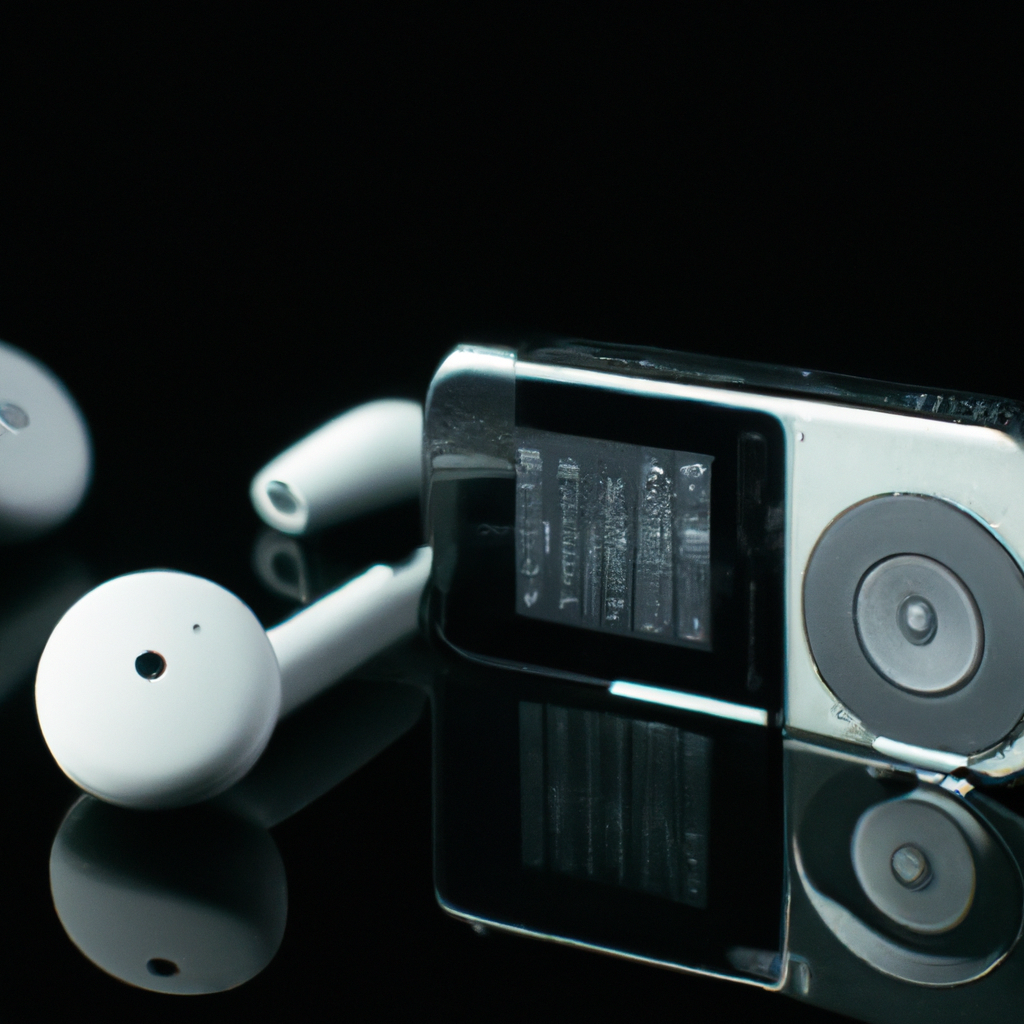An MP3 player, also known as a digital audio player, is a portable music device that allows individuals to listen to music on the go. MP3 players have become increasingly popular over the years due to their convenience and portability. But how does an MP3 player work? In this article, we will explore the inner workings of an MP3 player, including audio compression, storage, and playback.
Audio Compression
Before we dive into how an MP3 player works, it’s essential to understand audio compression. Audio compression is the process of reducing audio data’s size while maintaining its original quality. This is achieved by removing redundant and unnecessary data from the audio file, resulting in a smaller file size. MP3 players use audio compression to store and play music files on the device.
Storage
MP3 players have internal memory or use external memory cards to store music files. Most MP3 players use flash memory, which is a type of non-volatile memory that retains data even when the power is turned off. Flash memory is ideal for MP3 players because it’s lightweight, durable, and consumes less power than traditional hard drives.
MP3 players can store a vast number of music files, depending on the size of the internal or external memory. The amount of storage capacity can range from a few hundred megabytes to several gigabytes, allowing users to store thousands of songs.
Playback
Once the music files are stored on the MP3 player, the device can play them back. MP3 players use software, known as firmware, to decode and play the music files. The firmware reads the compressed audio data and decompresses it back into its original form, allowing the player to play the music file.
MP3 players use a Digital to Analog Converter (DAC) to convert the digital audio data back into an analog signal that can be played through headphones or speakers. The DAC converts the digital audio data into an electrical signal, which is then amplified to produce sound.
The MP3 player’s controls, such as play, pause, skip, and volume, allow the user to navigate and control the playback of the music files. The MP3 player’s display shows the song title, artist, and album information, allowing the user to easily identify and select the music they want to listen to.
Conclusion
In conclusion, an MP3 player works by using audio compression to reduce the size of music files, storing them on internal or external memory, and playing them back using firmware and a Digital to Analog Converter. MP3 players have become an essential tool for music lovers, allowing them to carry their favorite songs with them wherever they go. MP3 players have evolved over the years, with new features such as Bluetooth connectivity, touchscreens, and voice assistants, making them even more convenient and user-friendly. With the popularity of streaming services, MP3 players have become less common, but they remain a popular choice for those who prefer to have their music stored locally on a portable device.







